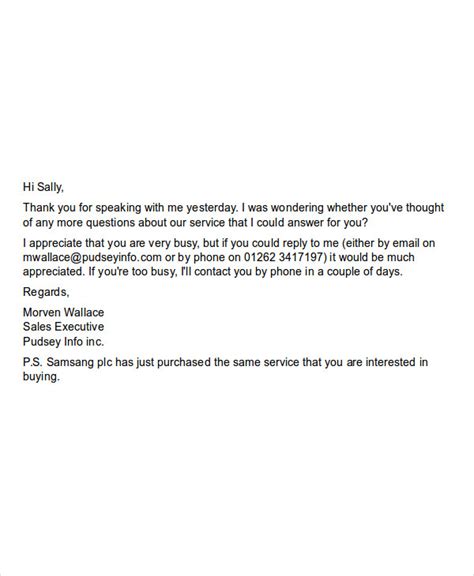Follow-Up Email Examples: Tips For Writing In English

Writing a follow-up email in English can be challenging, especially if English is not your first language. However, sending a well-crafted follow-up email can make a difference in getting a response from the recipient. In this article, we will provide you with tips and examples for writing effective follow-up emails in English.
1. Start with a Clear Subject Line
The subject line is the first thing that the recipient will see, so make sure it is clear and concise. Use a subject line that summarizes the content of the email and grabs the recipient’s attention.
2. Use a Polite Greeting
Start your email with a polite greeting, such as “Dear [Recipient’s Name],” or “Hello [Recipient’s Name],” followed by a comma. If you are unsure about the recipient’s gender or title, use a neutral greeting such as “Dear Sir/Madam,” or “Hello,”.
3. Remind the Recipient of the Previous Email
Begin your email by reminding the recipient of the previous email you sent them. This will help them remember the context of your email and why you are following up.
4. Provide Additional Information
If you have any additional information that you would like to share, include it in the email. This could be a link to a relevant article or website, a document or attachment, or any other information that could be helpful for the recipient.
5. Ask for a Response
Make sure to ask the recipient for a response in your email. This could be a simple yes or no answer, or a more detailed response depending on the context of the email.
6. End with a Polite Closing
End your email with a polite closing, such as “Best regards,” or “Sincerely,” followed by your name and contact information.
7. Follow Up Again
If you do not receive a response from the recipient, it is acceptable to follow up again. However, make sure to wait a few days or a week before sending another email.
8. Proofread and Edit your Email
Before sending your email, make sure to proofread and edit it for any errors or typos. This will ensure that your email is professional and easy to read.
9. Personalize your Email
Try to personalize your email as much as possible by using the recipient’s name and referring to previous conversations or interactions you have had with them. This will make your email feel more personal and less generic.
10. Keep it Short and to the Point
Try to keep your email short and to the point. Avoid rambling or including unnecessary information that could confuse the recipient.
Conclusion
Writing a follow-up email in English can be intimidating, but with these tips and examples, you can write an effective and professional email. Remember to keep it clear, polite, and to the point, and don’t be afraid to follow up if you don’t receive a response.
FAQs
-
How long should I wait before sending a follow-up email?
It is generally recommended to wait at least 2-3 days before sending a follow-up email. However, this can vary depending on the context of the email and the urgency of the matter.
-
How can I make my follow-up email more personal?
You can make your follow-up email more personal by using the recipient’s name, referring to previous conversations or interactions, and expressing interest in their work or business.
-
What should I do if I don’t receive a response to my follow-up email?
If you don’t receive a response to your follow-up email, it is acceptable to follow up again after a few days or a week. However, if you still don’t receive a response, it may be best to move on and focus on other opportunities.
